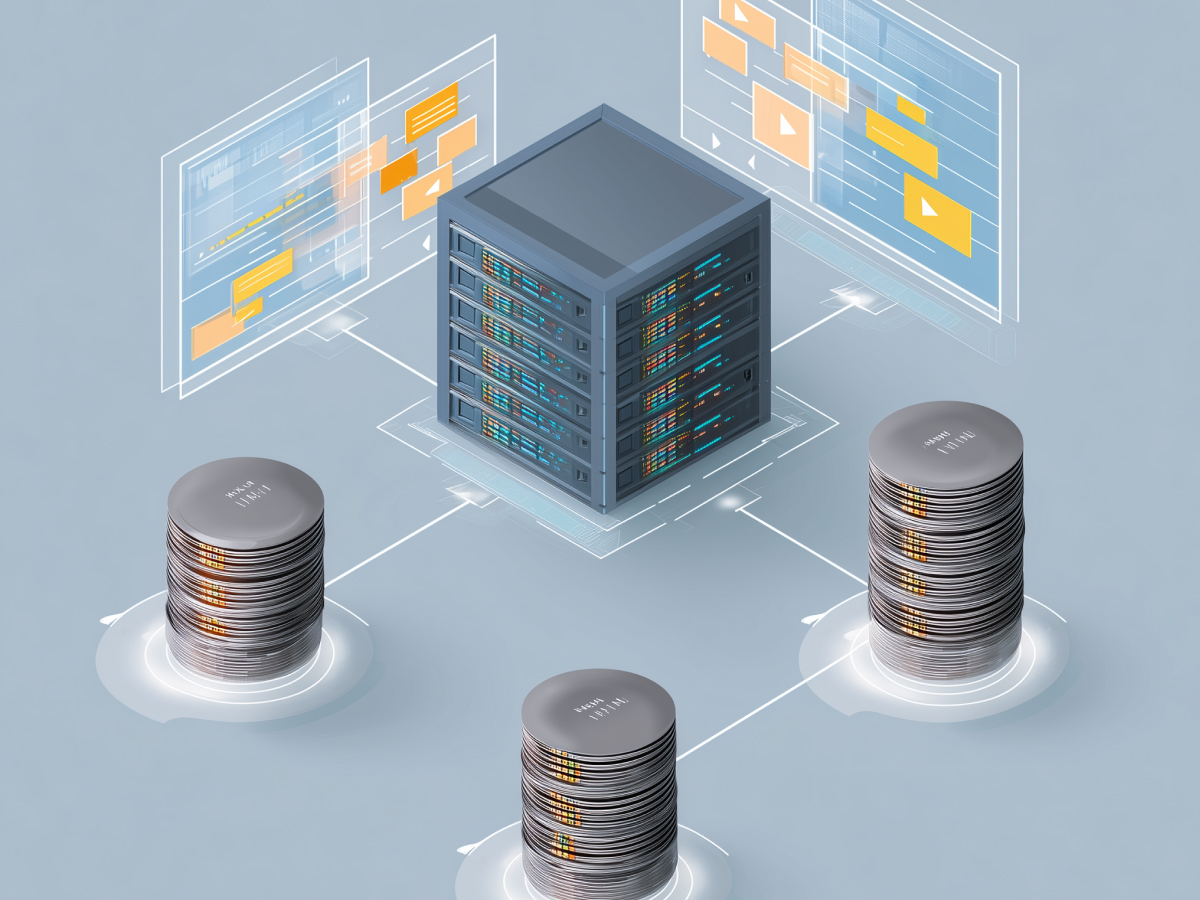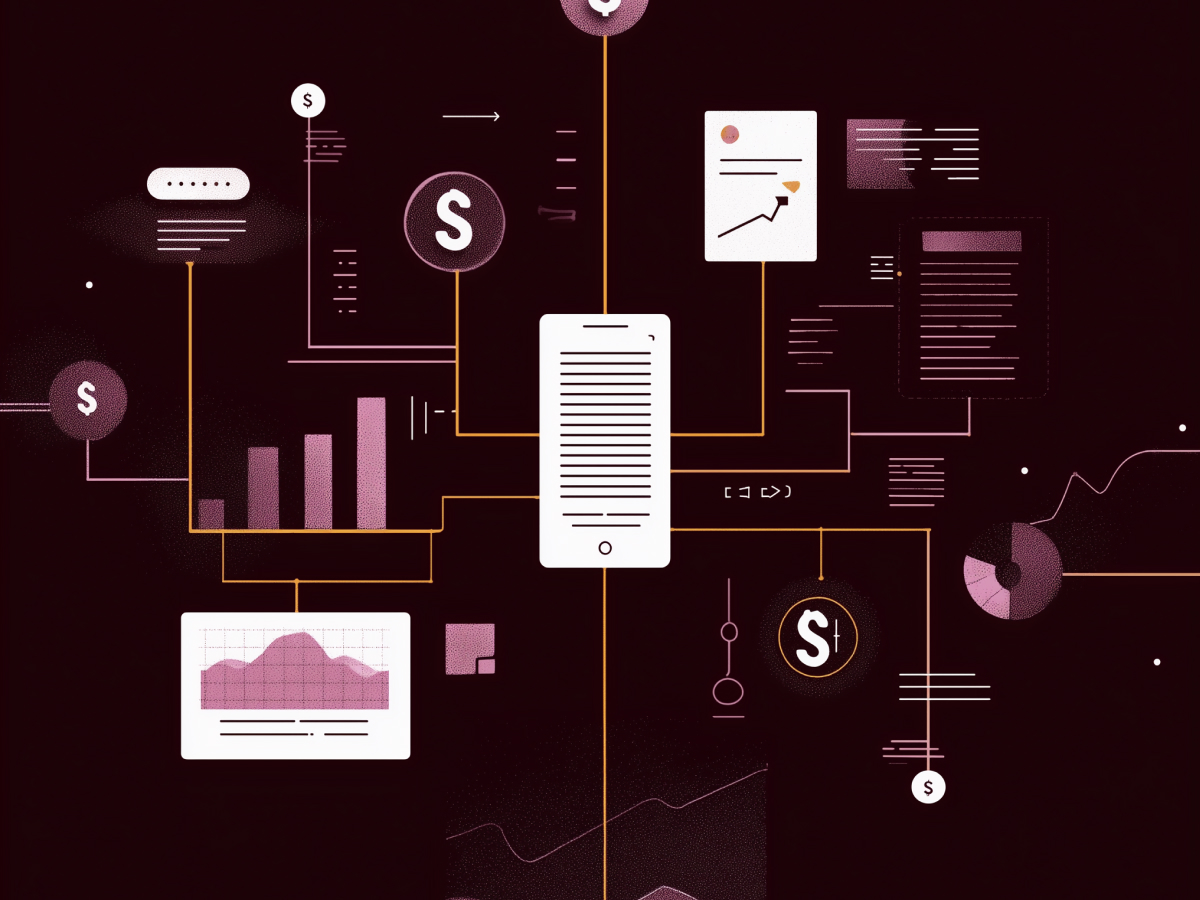GPT-5 represents a significant step toward achieving artificial general intelligence
It’s clear we just crossed another threshold. GPT-5 isn’t just an incremental update, it’s a major architectural leap that gets us closer to AGI. That means a system not just capable of understanding language, but capable of thought, interpretation, and active problem-solving across contexts, not unlike the way we think and make decisions as humans.
OpenAI has enhanced the model’s ability to reason, recognize context, and solve structured problems. This isn’t just about faster answers. It’s about better decisions under pressure, more reliable outcomes, and the kind of autonomous work you’d normally reserve for a highly skilled team. For any executive leading strategy, operations, or digital transformation, what matters here is straightforward: you now have access to a system that doesn’t just output answers, it thinks through them.
GPT-5 can keep up with the complexity that leaders face daily, whether that’s restructuring internal workflows or analyzing multiple variable outcomes. The usual trade-off between speed and depth isn’t the bottleneck anymore. This is the kind of infrastructure that forward-thinking organizations should be trialing across core functions now, not later.
GPT-5 employs a hybrid architecture with dynamic model routing
One of the real engineering wins with GPT-5 is how it thinks modularly. The system behind it uses what OpenAI calls a real-time router. It decides, in milliseconds, whether your request needs a fast, lightweight model or a more complex, in-depth reasoning engine. It’s smart enough to scale up when the request demands it, without burning unnecessary compute on routine tasks.
This matters more than you might think. It’s not just about handling inputs efficiently, it’s about making the model usable at scale inside your workflows. The router is trained on real data: which version of the model users switch to, which responses they prefer, how correct the answers turn out to be. That’s a constant feedback loop, not a static process. It means GPT-5 is learning what kind of support each task needs and adjusting in real time.
In a business environment, that adds up to serious flexibility. You don’t need to engineer two different solutions, one for FAQs and another for complex data parsing. GPT-5 handles both, smartly. This is infrastructure that adapts as fast as your operations shift. And as more organizations adopt it, the model’s performance should only improve. You’re essentially upgrading your baseline capability with something that comes pre-optimized to learn and adjust alongside your business.
GPT-5 introduces advanced safety features with a new training method called “safe completions”
OpenAI’s inclusion of “safe completions” training in GPT-5 shifts how we think about AI alignment. Instead of simply blocking harmful responses or deferring to vague disclaimers, the model is trained to walk a clear line, providing useful, accurate output while staying within defined safety parameters. When the situation calls for restraint, GPT-5 doesn’t just refuse. It explains why, and where possible, redirects with a safe, constructive alternative.
This is a step forward in making the model more predictable, more transparent, and ultimately more aligned with human use cases that carry high sensitivity, legal, medical, security-related, or reputational. For executives responsible for oversight, compliance, or public-facing tools, that level of control lowers the risk of unintended outputs and boosts organizational confidence in deploying generative tools at scale.
There’s less friction for your teams using these systems. It’s not just about filtering out what’s risky. It’s about reinforcing frameworks of trust and control across the model’s behavior. The result? A system that is ready for integration even in sectors where AI typically faces internal resistance. When GPT-5 draws the line, it tells you where the boundary is. That’s clarity we haven’t seen before at this level of machine intelligence.
GPT-5 shows marked improvements in AI-assisted coding and technical comprehension
Development time is always a pain point. GPT-5 shortens the cycle. It’s tuned not only to generate code but to understand large, complex codebases and answer detailed technical questions. That turns it into a serious tool for engineering teams trying to keep products moving while managing legacy systems, documentation sprawl, and cross-functional complexity.
OpenAI has run internal tests where GPT-5 was tasked with navigating their own reinforcement learning stack, a deeply technical and nuanced environment. It succeeded in helping the teams track dependencies, resolve interaction questions, and untangle nontrivial bugs. That isn’t cosmetic performance. It’s a substantive edge for anyone managing software at scale.
And the results aren’t limited to opinion. GPT-5 scored a 75% accuracy rate on SWE-Bench Verified, a benchmark that simulates real software engineering tasks by assigning AI a codebase and issue to solve. It did it using fewer tokens than its predecessor, 10,000 vs. 13,741, proving not just better output but better efficiency.
Engineering leads and CTOs should be looking at this not just as a helping hand in writing code, but as a support system for system-wide reasoning. GPT-5 understands what’s there, not just what to write next. That elevates its role in architecture, debugging, and code maintenance.
GPT-5 raises important ethical considerations related to content authenticity and compensation for creative work
There’s no question GPT-5 delivers highly realistic outputs. That includes written text, code, and visual content. But as quality increases, so does the concern around source attribution and ethical data use. Grant Farhall, Chief Product Officer at Getty Images, brought this forward clearly, if AI is trained on creative work, those creators deserve to be acknowledged and compensated. This isn’t just an artistic issue. It’s about integrity in how your products are built and whether you can stand behind the content they generate.
Consumer sentiment is shifting, fast. According to Getty Images’ global research, audiences are valuing authenticity and transparency more than ever, especially in visual media. If a brand can’t demonstrate the legitimacy of its AI-generated content, executives are opening up risk on both brand trust and legal exposure.
This is also a business policy question. As your organization scales AI use, you need a content governance model that includes origin tracking and permission-based training compliance. Whether through licensing arrangements or internal content curation, building that process now protects your reputation and avoids regulatory fallout later. GPT-5 delivers high performance, but executives need to ensure it’s pointed inside a framework that respects those who made the data possible in the first place.
GPT-5’s capabilities may also increase the potential for AI-driven fraud, highlighting emerging security challenges.
Like all high-precision tools, GPT-5 can be used for the wrong reasons. The improvement in content realism makes it easier for malicious actors to generate deceptive documents or spoof high-trust communications. Gary Hall, Chief Product Officer at Medius, made the warning simple: if your finance systems aren’t modern enough to distinguish between AI-generated and genuine documents, they’re vulnerable, no matter how airtight you think your process is.
This risk now moves out of the IT department and into the domain of executive finance and operations leadership. Fraud is no longer just phishing emails and weak passwords; it’s high-fidelity, AI-built content that mimics legitimate data. GPT-5 makes this easier. That’s not the model’s fault, it’s a byproduct of progress. But the responsibility to counteract it sits with leadership.
Mitigation means moving beyond reactive fraud detection. It means auditing your verification infrastructure and updating protocols across accounts payable, vendor management, legal compliance, and identity handling. Fraud detection must evolve alongside content realism. This isn’t theoretical. It’s operational. And GPT-5 just made the need for updated systems more immediate.
Mentioned Individuals:
Gary Hall, Chief Product Officer at Medius, warned, “We’re at a tipping point. GPT‑5 promises even more realism, more precision and more ease for the user. That’s great for innovation, but it’s also a gift to fraudsters.”
GPT-5 is being integrated across a wide range of Microsoft platforms
The rollout of GPT-5 across Microsoft’s ecosystem shows just how embedded language models are becoming in daily enterprise operations. OpenAI’s latest model is now available through Microsoft 365 Copilot, GitHub Copilot, Copilot Studio, Visual Studio Code, and Azure AI Foundry. This is not a theoretical deployment, it’s wide access, built into the core tools your teams already use.
From a leadership perspective, what matters most here is practical leverage. You don’t need to re-train staff or overhaul infrastructure. GPT-5 is present where work is already getting done. Whether it’s drafting reports in Microsoft Word, optimizing code in GitHub, or scaling internal applications within Azure, the model integrates seamlessly with what’s already been adopted.
This is a high-efficiency upgrade for decision-makers aiming to maximize returns on existing tech investments. You’re not starting from scratch; you’re enabling better performance inside current processes. The accessibility of GPT-5 across platforms ensures rapid deployment and faster time to value.
For enterprise strategy, this matters. It allows AI to shift from being a layer of experimentation to part of core execution. And because Microsoft is continuously refining these integrations, the functionality is expected to deepen over time. Leading companies will move early, not just to improve productivity today, but to structure their operations for continuous AI-enabled growth tomorrow.
The bottom line
GPT-5 isn’t just another model upgrade, it’s a reflection of where AI is headed and what leaders need to prepare for. We’re no longer dealing with tools that just automate tasks. This is about systems that can understand context, reason through complexity, and operate at the pace that modern business demands.
For executives, the upside is clear: faster decisions, more efficient operations, and intelligent support integrated directly into the platforms your teams already use. But with capability comes responsibility. Questions around data governance, creative rights, security, and authenticity are moving to the front of the agenda, and leadership needs to own that.
This moment calls for action, not observation. Integrate the tech where it adds value. Revisit your risk models. Align your teams around how AI will shape their workflows, not a year from now, but today.
The companies that move early with clear intent will build the momentum. GPT-5 isn’t the finish line. It’s the launch platform for what comes next.





